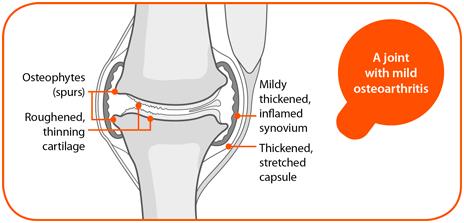Osteoarthritis Knee
Osteoarthritis, in the contemporary world, has been identified as one of the most common medical condition of joints. The knee happens to be one of the joints most affected by the condition which is commonly called Osteoarthritis Knee. This blog by BGH aims at sketching out the main points you need to know about the condition and suggests further treatment accordingly.
Factors that lead to Osteoarthritis:
- Age is the most common factor but young people can get it too. The probability increases after 45+ of age.
- It can be hereditary, carried by genes from one generation to another.
- It can be a result of an injury or infection.
- In quite a few cases, the factor identified as being overweight.
- Women are more prone to the condition than men.
- Weak muscles around the knee can be a cause too.
Symptoms for early detection:
- Pain, mostly after the end of the day. It is relieved after a bit of rest.
- Stiffness when you try to move from a resting position. It gets better within a minute of walking around.
- Difficulty in freely moving your knee.
- A warm feeling in the knee joints.
- The creaking sound/sensation when the knee is moved.
Diagnosis:
- The first step towards diagnosing an Osteoarthritis Knee is a physical exam by an experienced orthopaedic specialist. After taking into note your medical history and symptoms, the doctor may advise one or both of the following:
- X-rays to identify bone damage and the presence of bone spurs.
MRI scans. - Several blood tests may also be suggested by the doctor to conclude various things regarding the treatment.
Treatment
The following treatment line is to be followed in case of mild Osteoarthritis knee:
- Weight Loss: If the factor causing the condition is being overweight, the treatment starts with some weight loss.
- Exercise: As in any other bone-related condition, exercise plays an important role in increasing mobility and reducing pain.
- Pain killers to reduce pain.
- Various therapies might also help.
The treatment line is based on the cause and symptoms of the condition and therefore, should be consulted with an orthopaedic before practising. In severe cases, when medication and therapies don’t work, surgery might be recommended by the doctor.
Overall, as the symptoms reflect, you shouldn’t ignore minor (but continuous) discomfort when it comes to sensitive areas like knee joints. If you regularly notice such discomfort, book an appointment with the doctor at the earliest before the condition is worsened.


 MAKE AN APPOINTMENT
MAKE AN APPOINTMENT